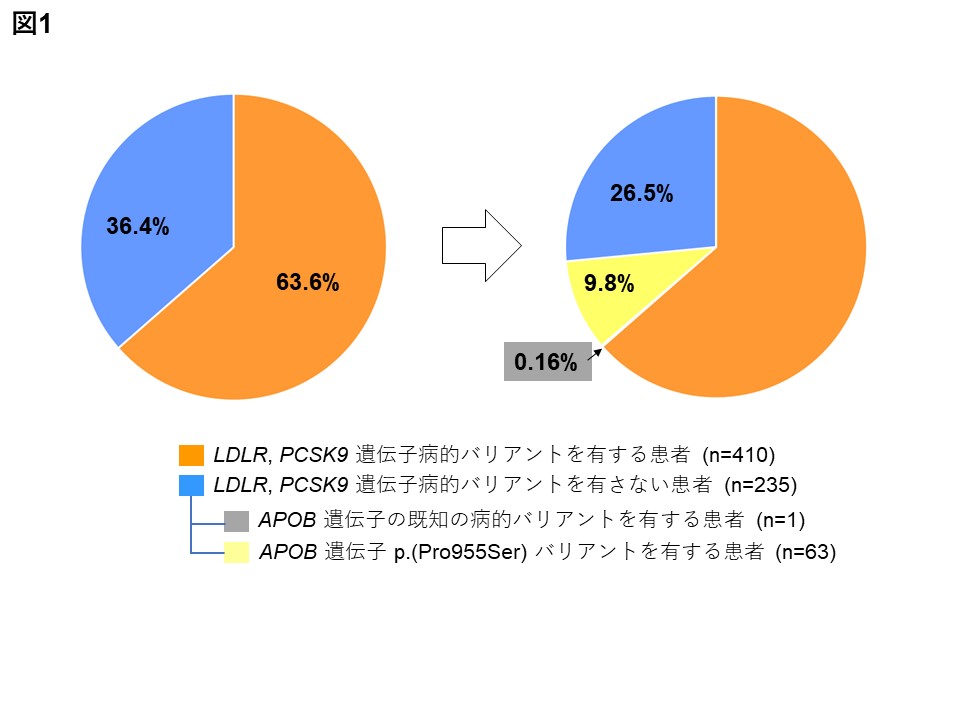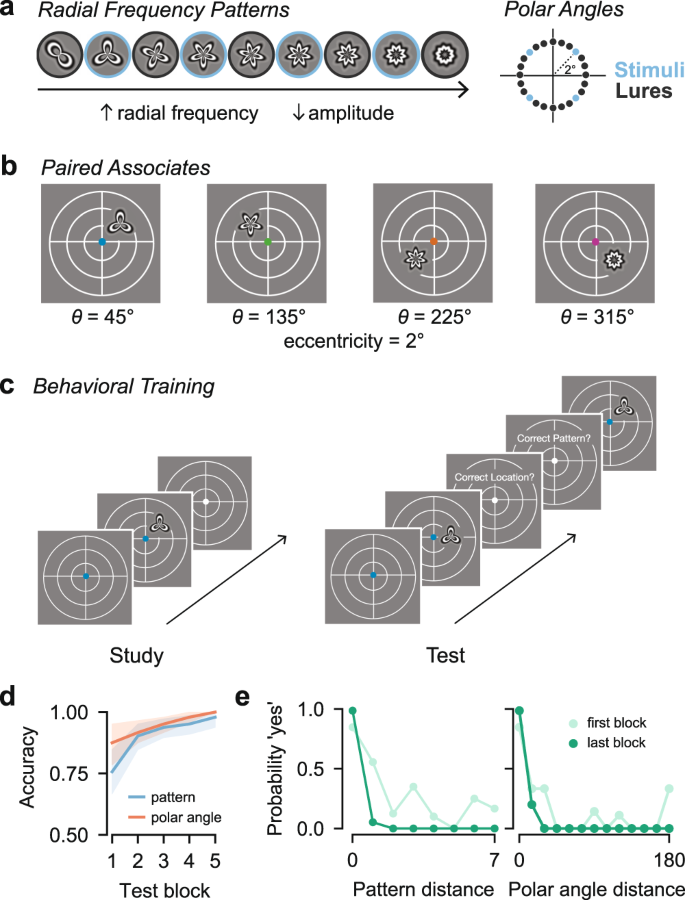ヒナは自分を見つめているように見えるアイスポットに威嚇される。アイスポットが左右対称であることが多い理由を説明できる。 Chicks are intimidated by eyespots that appear to gaze at them, providing an explanation for why eyespots are often symmetrical
2022-10-18 マックス・プランク研究所
研究者らは、孵化したばかりの家畜のヒナを用いて行動実験を行い、ミールワームの報酬を得るために人工蛾を攻撃するように訓練した。真ん中の円が左を向いている目、右を向いている目、完全な同心円の目、つまり、まっすぐ前を見ているようにも、左右どちらかを見ているようにも見える目である。そして、ミニキャットウォーク(というよりシックウォーク)を作り、餌にまっすぐ向かうか、横から餌に近づいていくかを観察した。
目玉が左を向いているように見えると、ヒナは左からより用心深く近づいてきた。右から近づいてくるヒナも、視線を右にずらすと同様の警戒心を示す。しかし、ヒナは人工眼球に反対方向から近づくと、人工蛾を素早く攻撃し、ミールワームを食べてしまった。ヒナは、あらゆる方向から同心円状の目を持つ蛾に、細心の注意を払ってのみ近づいた。ヒナは、あらゆる方向から同心円状の目を持つ蛾に、細心の注意を払ってのみ近づいた。
<関連情報>
- https://www.mpg.de/19378715/1018-choe-der-mona-lisa-effekt-155371-x?c=2249
- https://www.frontiersin.org/articles/10.3389/fevo.2022.951967/full
アイスポットの配置と捕食者の接近方向がアイスポットの抗捕食効果に影響を与える Eyespot configuration and predator approach direction affect the antipredator efficacy of eyespots
John Skelhorn and Hannah M. Rowland
Frontiers in Ecology and Evolution Published:12 October 2022
DOI:https://doi.org/10.3389/fevo.2022.951967

Many prey species possess eyespots: paired markings that often consist of two or more concentric circles. Predators are wary of such prey because eyespots are conspicuous and/or mistaken for vertebrate eyes. Here we used naïve domestic chicks as predators of artificial moth-like prey to test the hypothesis that both eyespots configuration and predator approach direction affect the antipredator efficacy of eyespots. We found that when chicks approached prey straight on, eyespots configuration did not influence attack latency. Chicks that approached from either the left or the right, were slower to attack prey in which the central circle of the eyespot was centrally placed or shifted in the direction of the chick’s approach, compared to prey in which the central circle had been shifted away from the direction of approach. These findings suggest that eyespots composed of concentric circles may protect prey against predators approaching from a wider range of directions than eyespots composed of eccentric circles. They are also consistent with the idea that eyespots are mistaken for eyes, and are perceived to pose a lesser risk when their “gaze” is averted from the approaching predator.


